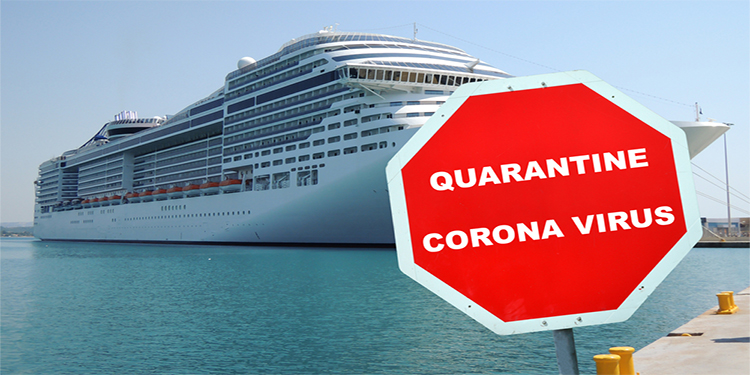It’s no great secret that cruise line stocks have been some of the biggest victims of the COVID-19 pandemic.
Elevate Your Investing Strategy:
- Take advantage of TipRanks Premium at 50% off! Unlock powerful investing tools, advanced data, and expert analyst insights to help you invest with confidence.
From a mid-January high near $52 a share, Carnival Corporation (CCL) stock lost nearly 82% of its value through mid-March! Royal Caribbean (RCL) was about as hard-hit, falling 83% the same time period. And Norwegian Cruise Line (NCLH), perceived to be the weakest of the three big publicly-traded cruisers, lost a staggering 87%.
More than just victims of consumers unable to cruise because they were stuck at home under stay-at-home orders, or unable to serve patrons because individual state governments had told them to close their doors, cruise lines were actually forbidden to do what they do — cruise — by order of the federal government, and subjected to a blanket “no sail” order from the U.S. Centers for Disease Control (CDC), instructing them not to leave port before late July.
And yet, as state governments across the U.S. began gradually to reopen, investors have begun regaining hope that these cruise lines will in fact resume sailing at some point in the future, even as capital raises by the companies have raised hopes they can remain solvent long enough to wait that long. Thus, since mid-May, observes J.P. Morgan analyst Brandt Montour, “cruise shares are up ~75% vs. the SPX +11%.”
Is this a reasonable expectation? And what are the chances that cruise line stocks will go up some more?
In Montour’s estimation, the answers to these questions depend on a whole series of factors, chief among them “load factors.” Given the high fixed costs of the cruise business (luxury liners cost a lot of money to build, and then more money to maintain, fuel, and staff), Montour admits that the timing of the CDC lifting its no sail order matters, and the prices cruise lines charge for their tickets matter, and profit margins matter, too — but because it takes a lot of passengers renting a lot of cabins to cover a cruise line’s fixed costs, occupancy rates matter most of all.
Currently, cruise lines appear to be betting on a resumption of sailing by late summer (Montour estimates “August/September”) and a return to “near-full occupancy” by 2021. Montour thinks this, too, is a reasonable assumption, given consumers’ demonstrated “surprisingly high risk-tolerance” (see any newspaper headline on summer crowds from the past few weeks) and the apparent “pent-up demand for vacationing … broadly.”
Granted, “common sense indicates” that getting back to 100% occupancy rates “will be difficult without a vaccine.” But with more than 100 different coronavirus vaccines now in development, and governments around the world pushing vaccine developers to accelerate their work, the chances look good that something should be available on the vaccine front relatively early next year. And in that case, it’s at least plausible that cruising will resume in 2021, and that occupancy levels could approach 100% as consumers gain more confidence in its effectiveness.
Just to be safe, though, Montour is predicting 100% occupancy won’t be reached “across operators” before 2022, and advising investors to “accumulate shares below current levels.” He doesn’t hold out much hope that stock prices will get too much cheaper, however, setting a price target of $20 on Carnival stock (which currently costs $19 and change), $24 price target for Norwegian Cruise (which costs $19.20 now), and $72 stock-price forecast for Royal Caribbean (which currently costs $58).
Given these guesstimates, it’s unsurprising that he says J.P. Morgan prefers “RCL and NCLH over CCL.”
To find good ideas for stocks trading at attractive valuations, visit TipRanks’ Best Stocks to Buy, a newly launched tool that unites all of TipRanks’ equity insights.
















